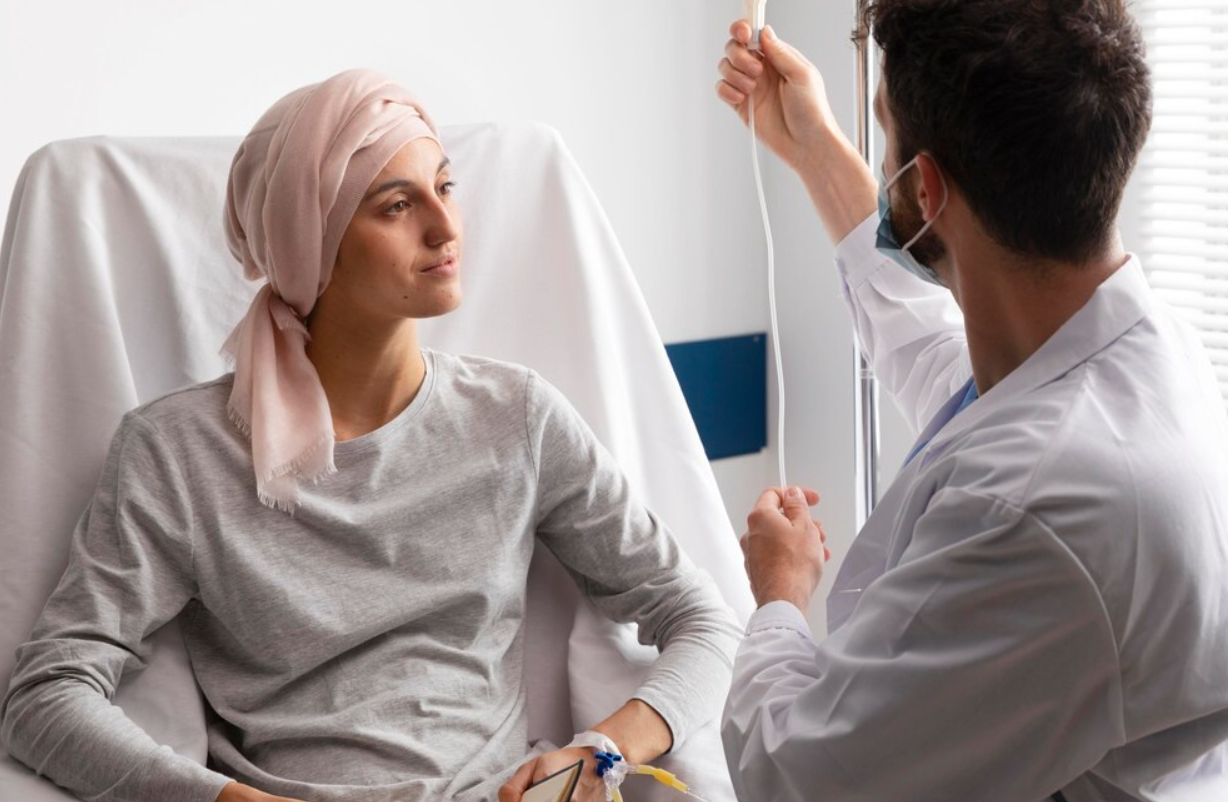Understanding the Global Cancer Scenario
Situasi ID – The World Health Organization (WHO)’s cancer agency, the International Agency for Research on Cancer (IARC), recently unveiled the latest estimates regarding the global burden of cancer. It’s critical to acknowledge the significance of these findings, especially as the world observes World Cancer Day. Understanding the Global Cancer Scenario is imperative as the WHO conducted a survey across 115 countries, revealing a significant gap in funding for essential cancer and palliative care services under universal health coverage (UHC).
Insights from the IARC
Based on data from 2022, the IARC’s estimates shed light on the escalating burden of cancer, its disproportionate impact on marginalized communities, and the urgent need to address global cancer disparities. Understanding the Global Cancer Scenario becomes essential as these estimates highlight the pressing need for action to mitigate the growing burden of cancer worldwide.
Key Statistics
In 2022 alone, approximately 20 million new cancer cases and 9.7 million deaths were recorded globally. Shockingly, an estimated 53.5 million individuals survived five years post-cancer diagnosis. These numbers underscore the gravity of the situation, emphasizing the urgent need for comprehensive cancer care and support services.
Financing Cancer Care
The WHO’s survey on UHC and cancer management revealed a concerning reality: only 39% of surveyed countries included basic cancer management in their core health services. Moreover, a mere 28% covered palliative care, which is essential for patients’ well-being.
Major Cancer Types in 2022
IARC’s Global Cancer Observatory outlined ten predominant cancer types, comprising the majority of new cases and deaths worldwide in 2022.
Leading Cancers
Lung cancer topped the list with 2.5 million new cases, followed by female breast cancer (2.3 million cases) and colorectal cancer (1.9 million cases). These statistics underscore the urgent need for preventive measures and comprehensive healthcare services.
Addressing Inequities
The disparities in cancer burden across different Human Development Index (HDI) levels are striking, particularly regarding breast cancer incidence and mortality rates.
Global Inequities
Women in low HDI countries face a significantly higher risk of dying from breast cancer due to late diagnosis and limited access to quality treatment, as compared to their counterparts in high HDI nations.
Future Projections
By 2050, the global cancer burden is projected to soar to over 35 million new cases, reflecting a 77% increase from 2022 estimates. This surge is attributed to various factors, including population growth, aging, and lifestyle choices.
Implications
While high HDI countries will experience a significant rise in cancer cases, low and medium HDI nations will bear the brunt of proportional increases, highlighting the need for targeted interventions and equitable access to care.
Conclusion
The escalating global cancer burden demands immediate attention and concerted efforts from governments, healthcare organizations, and policymakers worldwide. Prioritizing cancer care, bridging resource gaps, and ensuring universal access to quality services are imperative steps towards combating this pressing health crisis.
FAQs (Frequently Asked Questions)
- What are the primary challenges in financing cancer care globally? The primary challenges in financing cancer care globally include inadequate funding, disparities in resource allocation, limited access to healthcare services, especially in low-income regions, and the high cost of cancer treatments and medications.
- How can early detection contribute to reducing cancer mortality rates? Early detection plays a crucial role in reducing cancer mortality rates by enabling timely intervention and treatment. Detecting cancer in its early stages often leads to more effective treatment options and better outcomes for patients.
- What initiatives are underway to address cancer disparities among different socioeconomic groups? Various initiatives focus on addressing cancer disparities among different socioeconomic groups. These include programs aimed at increasing access to screening and diagnostic services, promoting cancer awareness and education in underserved communities, and advocating for policies that ensure equitable healthcare access for all individuals.
- Are there specific lifestyle modifications individuals can adopt to reduce their cancer risk? Yes, several lifestyle modifications can help reduce the risk of cancer. These include maintaining a healthy diet rich in fruits and vegetables, engaging in regular physical activity, avoiding tobacco and excessive alcohol consumption, practicing sun safety, and participating in cancer screening programs as recommended by healthcare professionals.
- How can individuals support global efforts to improve cancer outcomes and access to care? Individuals can support global efforts to improve cancer outcomes and access to care by raising awareness about cancer prevention and early detection, advocating for policies that prioritize cancer research and healthcare funding, participating in fundraising events for cancer organizations, volunteering their time and skills to support cancer patients and caregivers, and supporting initiatives that promote equitable access to cancer care worldwide.

